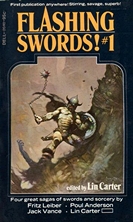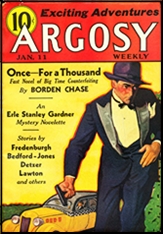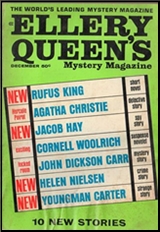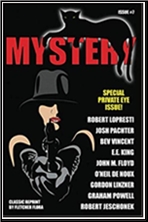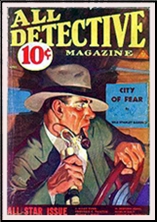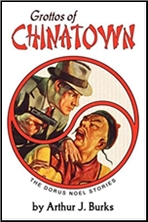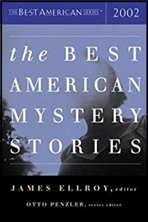Fri 12 Feb 2021
Pulp PI Stories I’m Reading: RUSSELL BENDER “Heat Target.â€
Posted by Steve under Pulp Fiction , Stories I'm Reading[4] Comments
RUSSELL BENDER “Heat Target.†PI Dick Ames. Published in Black Mask, October 1936. Not known to have been reprinted or collected.
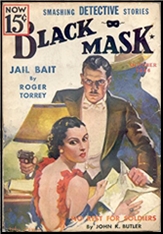
Richard “Dick” Ames is set up as a full-fledged private eye, with a license, an office, and a secretary. But in reality he’s a troubleshooter with only one client, that being Jonathan McCrea, the mayor of Terrapin City, Maryland. And his work is really cut out for him in “Heat Target,†apparently his only appearance in print. This one’s a doozy.
The boy friend of the mayor’s daughter is the problem. He’s been warned to stay away from Felicia (her friends call her Felix), but they’ve been seen together far too often for the mayor’s liking. But when the young lad turns up dead in his hotel apartment, and the mayor was seen entering at exactly the time of his death, Ames suspects it is an all but iron-clad frame-up, but he can’t prove it.
I liked this one. Bender tells the resulting tale, one chock full of a lot of shootings and other crooked business going on, with a terse, hard-bitten prose that does nothing more than remind you that there’s a reason why Black Mask is considered the best there was when it came to detective pulps in the 20s and 30s.
Here’s a lengthy description of Ames himself:
I think I might have cast Robert Mitchum in the role if they’d ever made a movie of this one.
Strangely enough, while Russell wrote quite a few stories for the detective pulps, he wrote only two others for Black Mask: “Body-Guard to Death,†(novelette) October 1938 and “Copper’s Moll,” (short story) July 1940. Based on this one only, I’d have thought there’d have been more. There should have been.
___
Note: Some other information about Bender can be found in the comments following Paul Herman’s recent overview of the entire issue of the October 1936 Black Mask.
